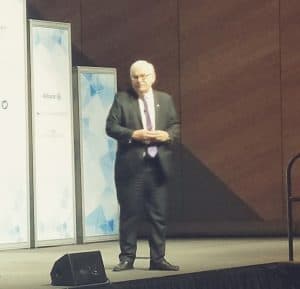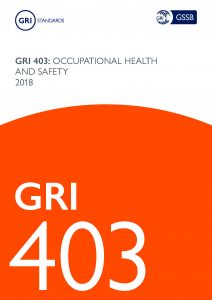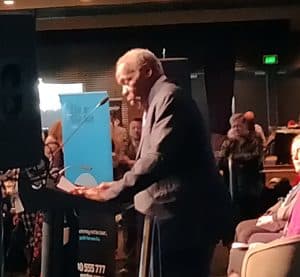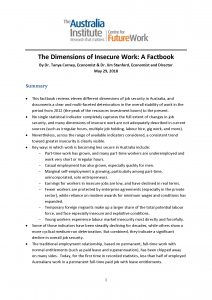The Australian Human Resources Institute (AHRI) has recently published an article about the significant Human Resources trends for 2019. The trends identified include
- “A Change of Government”
- “Gig Economy Classification”
- “Sexual Harassment”
- “Technology Trends”
SafetyAtWorkBlog will be more specific in its occupational health and safety (OHS) “trends” for 2019.







 The Australia Institute
The Australia Institute